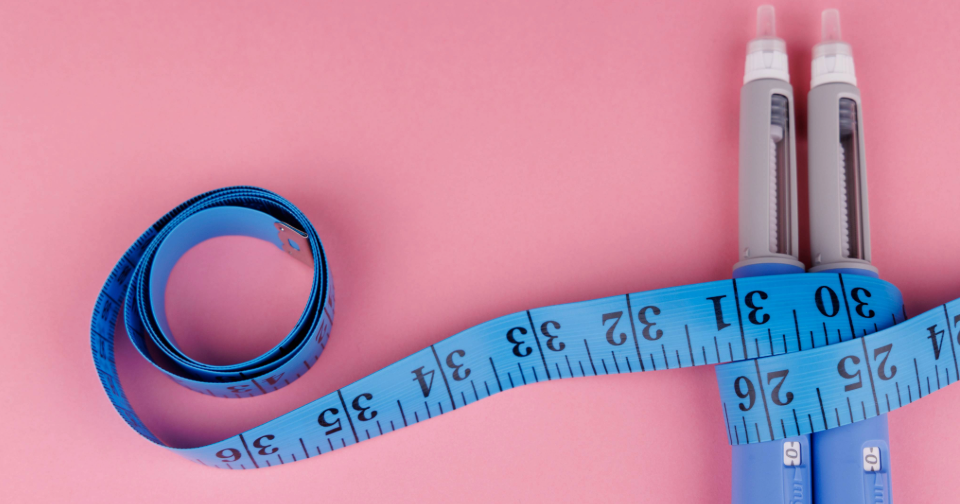
In a crisis which has been defined by its pace of change, 3D printing has become a useful tool in the response to the coronavirus pandemic. This is because 3D printing allows designers to build and test prototypes far quicker than previously possible. For example, in response to a shortage of ventilators has lead a Spanish consortium including HP, a specialist in 3D printing technology, to develop an emergency field ventilator which can be used when transporting a critically ill patient to a hospital.
In slightly lower-tech areas, a number of ‘hands-free’ door openers and an adaptor to allow off-the-shelf scuba masks to be connected to oxygen supplies have become available. The two major selling points in the use of 3D printing technologies are their ease of setup, with minimal if no additional tooling required, and the inherently distributed nature of hobbyist 3D printers. This results in a powerful manufacturing base which can quickly turn to any given production.
The majority of hobbyist 3D printers work through additive manufacturing, where material (typically plastic) is extruded through a nozzle layer-by-layer. This allows a 3D object to be formed by extruding one layer atop the other. Typically an object is modelled via CAD or a similar design software, then the object is ‘sliced’ into a number of these layers which are printed by the printer. Next, instructions are provided to tell the nozzle where to move to and where to extrude (referred to as ‘gcode’). Once setup, a 3D printer can be set off producing very complex and varying geometrical shapes with relatively little input. To take a contrasting example, injection moulding can take a very long time to set up, and can only produce a single type of object (that which has been provided in the die). So, whilst injection moulding can produce a large quantity of the same object, it is very difficult to retool an injection moulding system to produce a different object.
In addition to the amateur 3D printers who have signed up to help, universities (including Cambridge, Stirling, and Washington State) have utilised their Engineering departments to add additional printers to the pool. That said, 3D printing technologies have their limitations. For example, the most commonly used materials (PLA, ABS, and PETG) are not easy to sterilise. Indeed, the very nature of additive layer manufacturing can lead to lots of crevices which are difficult to clean thoroughly.
One of the original 3D printer designers (PRUSA) have set up a help page, instructing 3D printer owners in how to print and assemble face shields, an initiative which has been replicated across in the UK both in national groups and local distributors.
3D printing is uniquely positioned to help with this agile development cycle, due to its fast turnaround time and inexpensive setup costs. It has allowed engineers and designers to quickly iterate their designs, in manner which simply isn’t possible with conventional tooling. Whilst the production scale of 3D printing can never hope to match that of a fully tooled factory, the distributed nature of hobbyists and 3D printing enthusiasts means that parts can be sourced much faster than could have been achieved with traditional product development.
Tom is a Partner and Patent Attorney at Mewburn Ellis. He handles a wide range of patent work, including original drafting, prosecution and opposition, particularly defensive oppositions, in the engineering, electronics, computing and physics fields. Tom also advises on Freedom-to-Operate, infringement issues and registered designs.
Email: tom.furnival@mewburn.com
Sign up to our newsletter: Forward - news, insights and features
Our people
Our IP specialists work at all stage of the IP life cycle and provide strategic advice about patent, trade mark and registered designs, as well as any IP-related disputes and legal and commercial requirements.
Our peopleContact Us
We have an easily-accessible office in central London, as well as a number of regional offices throughout the UK and an office in Munich, Germany. We’d love to hear from you, so please get in touch.
Get in touch

